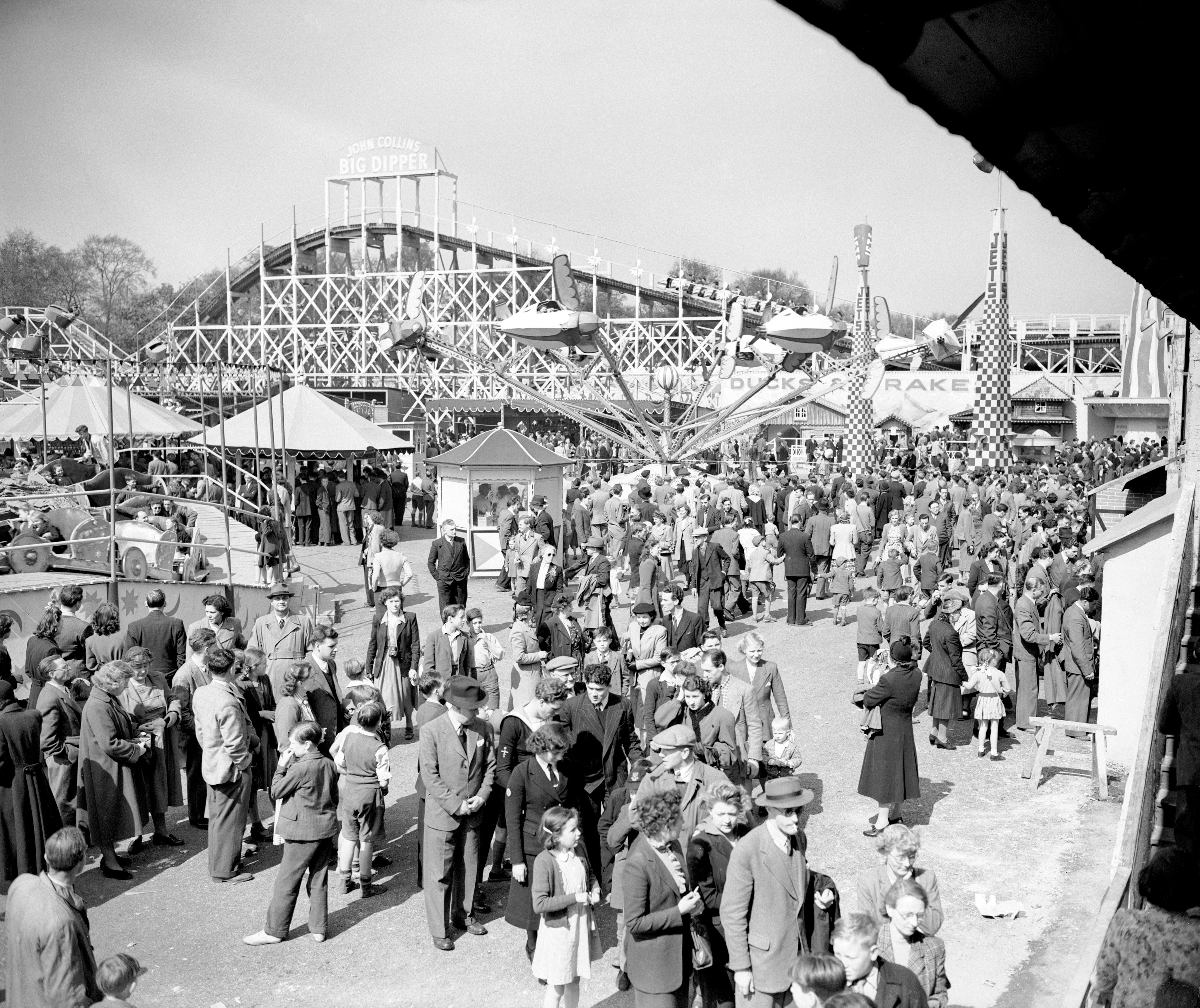Survivors of ‘forgotten tragedy’ campaign for memorial 50 years on
Five children were killed in May 1972 when the Big Dipper rollercoaster crashed in Battersea Park, south-west London.

Your support helps us to tell the story
From reproductive rights to climate change to Big Tech, The Independent is on the ground when the story is developing. Whether it's investigating the financials of Elon Musk's pro-Trump PAC or producing our latest documentary, 'The A Word', which shines a light on the American women fighting for reproductive rights, we know how important it is to parse out the facts from the messaging.
At such a critical moment in US history, we need reporters on the ground. Your donation allows us to keep sending journalists to speak to both sides of the story.
The Independent is trusted by Americans across the entire political spectrum. And unlike many other quality news outlets, we choose not to lock Americans out of our reporting and analysis with paywalls. We believe quality journalism should be available to everyone, paid for by those who can afford it.
Your support makes all the difference.Survivors of one of the UK’s “absolutely forgotten” tragedies are campaigning for a memorial to commemorate the disaster 50 years on.
Five children were killed and 13 others injured on May 30 1972, when the Big Dipper rollercoaster crashed in Battersea Park, south-west London.
Hilary Wynter, 63, Liz Haigh-Reeve, 64, and several other survivors of the tragedy want a memorial erected in the park to remember those who died in the disaster.
“The Big Dipper was like the London Eye, you know, it was the event to go to, it was the cool thing to do if you’re a teenager,” Ms Wynter told the PA news agency.
When she was 13, Ms Wynter went to the permanent funfair with her cousin, who was the same age.
“It went through a tunnel, around a corner and up the hill,” she said.
“I remember all of this, we linked arms just before we went up the hill, for some reason we don’t understand, and the train didn’t quite make it up the hill – there were so many faults discovered later – it then started to roll backwards.”
She spent just under a month in hospital before being referred to a rehabilitation centre in Headley Court, Surrey, to learn to walk again.
For the first time since the tragedy, Ms Wynter returned to Battersea Park to see some friends on New Year’s Day this year.
“I went into the park feeling very brave and thinking ‘Right, I’m going to look for the memorial’,” she added.
“My husband and I poked around and we found nothing.”
She said she finds the fact that there is nothing in the park to commemorate the tragedy “appalling”.
She referred to the 1988 Clapham rail crash and the Marchioness disaster in 1989.
“Everything seems to have something, some sort of memorial, and this is absolutely forgotten,” she said.
She contacted Ms Haigh-Reeve, who was at the funfair in 1972 to celebrate her 15th birthday with her friend Alison Comerford.
Ms Comerford died of her injuries after falling about 40 feet from the ride when trying to uncover Ms Haigh-Reeve from fallen debris. Ms Haigh-Reeve suffered significant injuries to her arm.
A total of 66 faults were found with the ride, but nobody was found guilty of any wrongdoing.
Ms Haigh-Reeve said she had always “assumed there was something there” to mark the tragedy, and was shocked to find there was nothing.
The site of the ride itself is now covered with tarmac, and though there are signs explaining that there used to be a funfair in Battersea Park, there is no mention of the event and the loss of life.
“There was nothing, it was as though it had never existed. It was completely wiped out.”
She and Ms Wynter have since traced the families of most of the victims, and they have been invited to a tree-planting ceremony in Battersea Park on the anniversary of the tragedy.
There was nothing, it was as though it had never existed. It was completely wiped out
However, they hope this is just the first step towards a permanent memorial.
Ms Wynter said they hope for a “growing” memorial which “will last for 50 years at least, to make up for the last 50 years”.
Ms Haigh-Reeve is particularly keen for it to be something children can enjoy with their families, and for it to raise awareness of children’s mental health in the aftermath of trauma.
Discussions with Wandsworth Borough Council about memorial plans are ongoing.
A council spokesman said: “This was a tragic event in the park 50 years ago. To commemorate the anniversary and to honour the memories of the victims, we will shortly be joined by some of their relatives, along with survivors, in planting a memorial tree.
“We’re also in discussions about a further memorial to be installed in the future.”
The Mayor of London, Sadiq Khan, has said he will speak to the leader of the council about a permanent memorial.
Speaking to BBC Radio London on Thursday, he said: “A memorial serves a number of purposes. I know from other memorials I’ve been involved in, it’s a place you can go to reflect, to think, to spend time with others to commemorate this awful tragedy, but also it’s a reminder of the importance of health and safety, to make sure we get things right.”